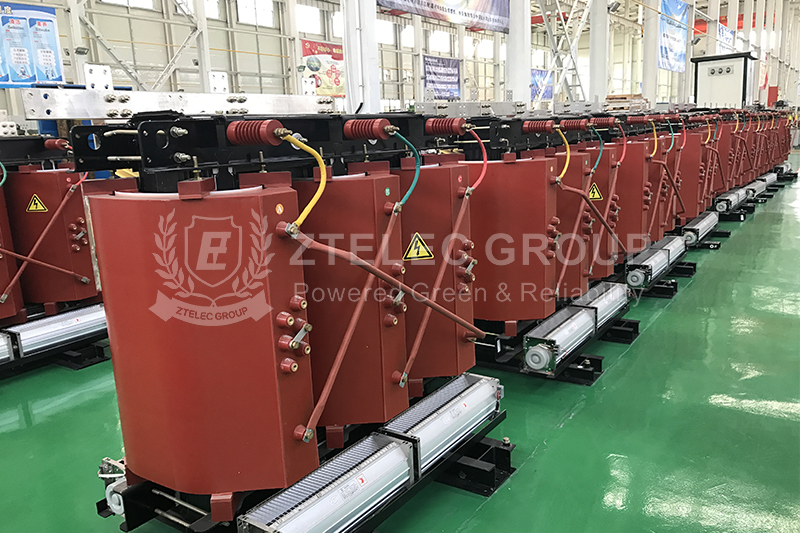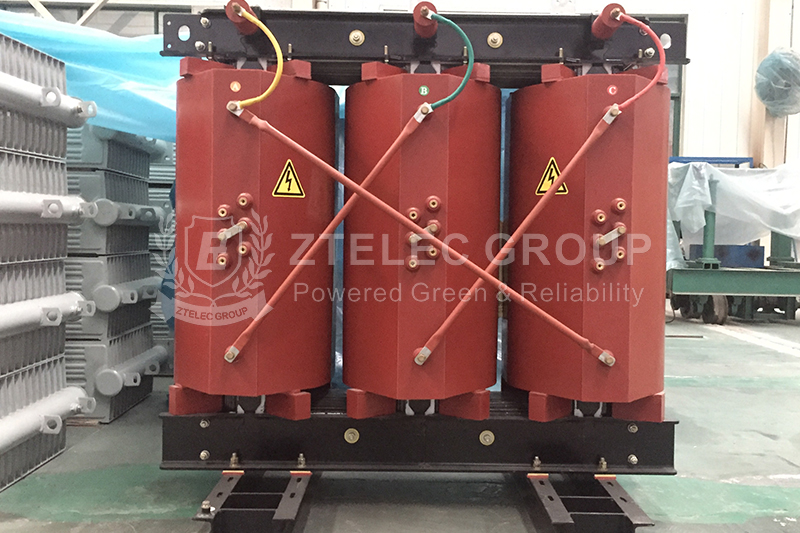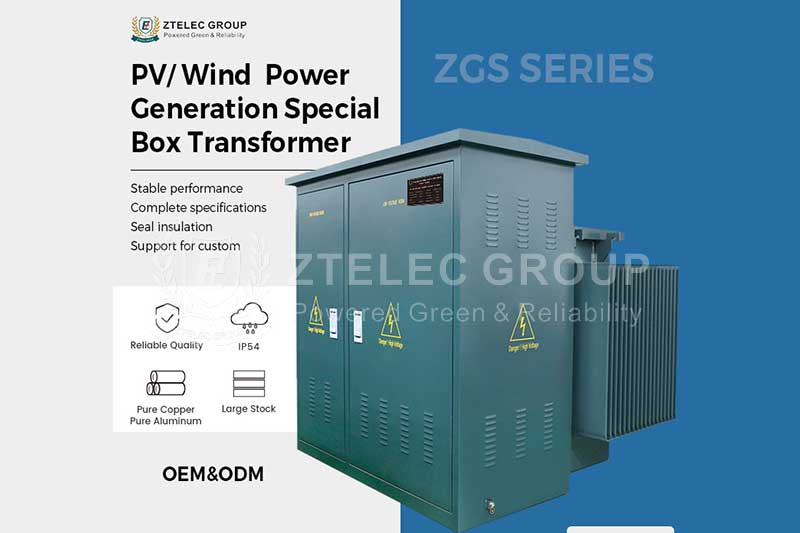How is the voltage regulator in the transformer regulated?
Time:2024-11-5 Auther:ZTelec-www.ztelectransformer.com
The main components of transformers and their functions
Iron core: The iron core is the magnetic circuit part of the transformer, which is composed of core post and yoke. The core is stacked with high-quality steel sheets with a thickness of 0.35mm or thinner to reduce hysteresis and eddy current losses. The core is divided into two parts: the core column and the transverse plate. The core column is covered with a winding, and the transverse plate is used to close the magnetic circuit.
Winding: The winding is the circuit part of the transformer and generally wrapped with insulating paper copper wire or aluminum wire wound. The winding is divided into high voltage winding and low voltage winding. Usually the low voltage winding is near the iron core, and the high voltage winding is on the outside. There are two types of winding arrangement on the core: concentric and overlapping.
Oil tank: The oil tank is the shell of the iron core and winding and filled with transformer oil, which plays the role of insulation and heat dissipation.
Voltage regulator: It is used to adjust the output voltage of the transformer, including on-load voltage regulation and no-load voltage regulation in two ways.
Cooling device: The working principle of transformer cooling device is mainly divided into two ways: natural cooling and forced cooling.

How is the voltage regulator in the transformer regulated?
There are two main types of voltage regulators in transformers: no excitation voltage regulation and on-load voltage regulation.
No excitation voltage regulation: This type of voltage regulation is to change the turn ratio of the winding by changing the high voltage side of the transformer tap when the first and second sides of the transformer are out of the power supply. Because the non-excited voltage regulator does not have the ability to change the gear with load, there will be a short disconnection process during the change of gear, which may cause arc between contacts and damage the tap changer .
On-load voltage regulator: This type of voltage regulator uses the on-load decomposition switch to change the tap of the transformer winding to change the number of high voltage turns to adjust the voltage without cutting off the load current. The on-load voltage regulator passes through an excessive resistance transition during the gear adjustment process, and there is no short-time disconnection process, so there is no arc pulling process of load current disconnection.

What is voltage regulation?
Voltage regulation refers to the ability of a transformer to maintain a constant output voltage within specified limits, despite fluctuations in the input voltage or load variations. Transformers are responsible for stepping up or stepping down the voltage levels as needed, facilitating the efficient transfer of electrical energy over long distances.
Importance of Voltage Regulation:
1.Load Stability: Voltage regulation ensures that the output voltage remains stable, even when there are changes in the connected load. Stable voltage levels are crucial for the smooth operation of electrical equipment and appliances, preventing potential damage caused by voltage fluctuations.
2. Grid Efficiency: Maintaining the desired voltage level minimizes power losses during transmission and distribution. Reduced losses translate to higher grid efficiency and overall energy conservation.
Precautions in practical application
Stability: The regulator needs to have good stability to ensure that the fluctuation of the output voltage is within the allowable range.
Security: Ensure the safety of personnel and equipment when performing voltage regulation operations. Especially in the on-load voltage regulation, the relevant operating procedures and safety standards need to be followed.
Economy: The selection and use of the regulator need to consider economy, including equipment costs, operating costs and maintenance costs.




